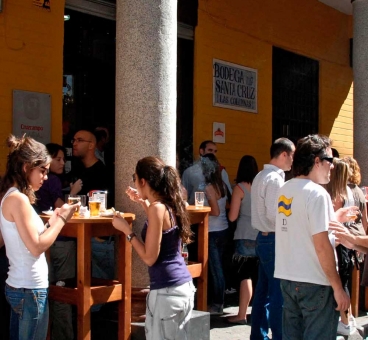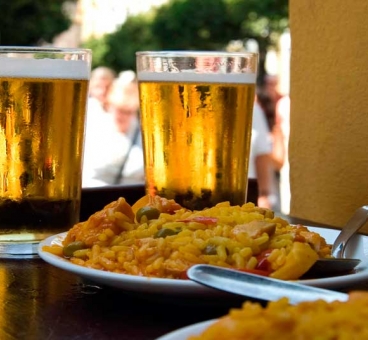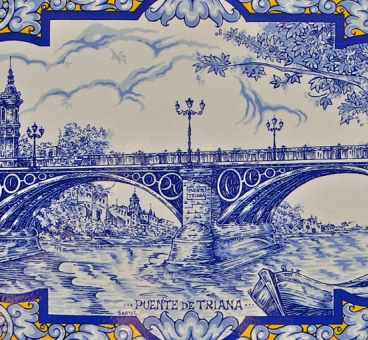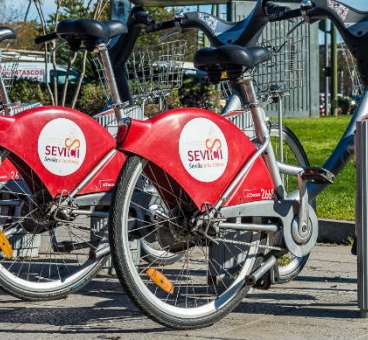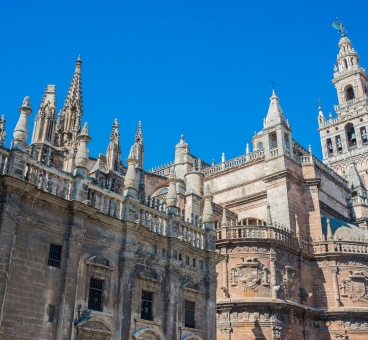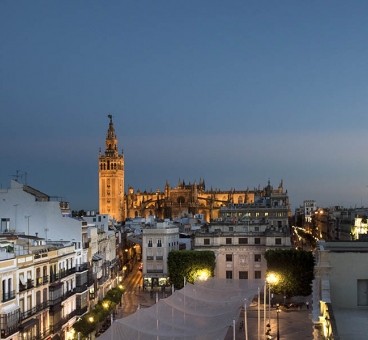Flamenco is music, singing, dancing, poetry, feeling... and a whole vital philosophy. Discover the authenticity and meaning within this incomparable demonstration of popular art.
Flamenco is surely the purest expression of Andalusian folklore. They say it began with the fifteenth-century arrival of the gypsies to the Cadiz countryside of Jerez and Seville. In the middle of the nineteenth century, it was popularized through the flamenco bars.
The first of these flamenco bars opened in Seville around 1885. Later, they spread through Andalusia and Madrid. Until then, Flamenco had not left family reunions or private parties.
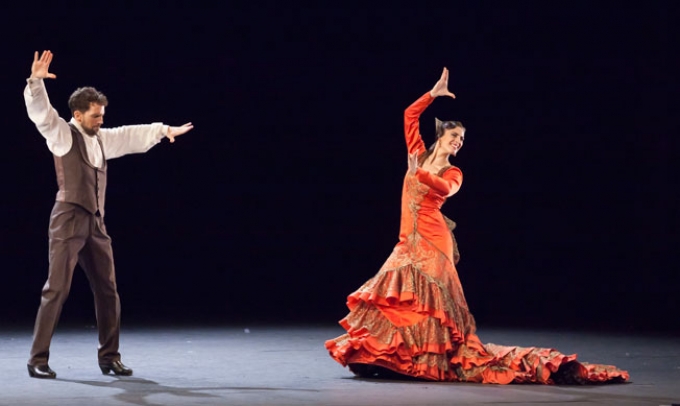
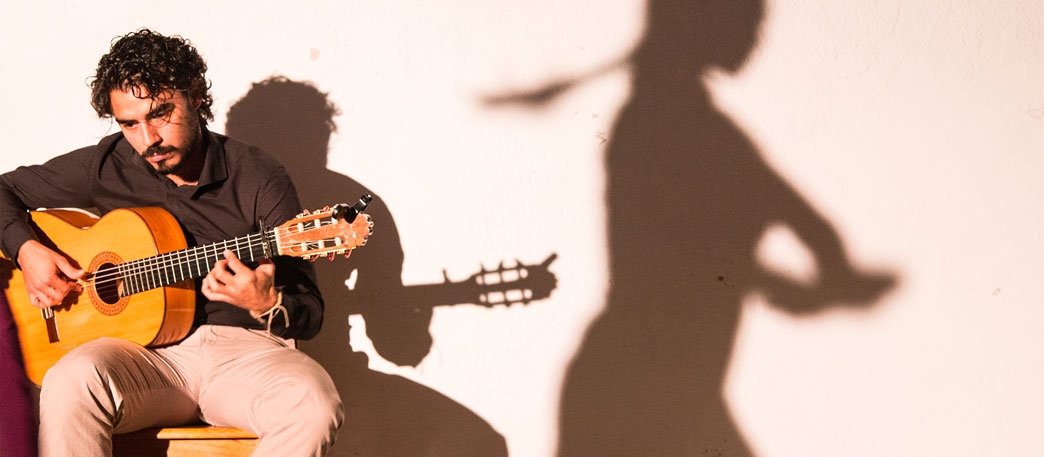
Everyday in Seville you can enjoy this art in all its splendor at the famous flamenco “tablaos” (the direct descendants of the old flamenco bars), in the neighborhood clubs, thematic areas, certain bars and, of course, at festivals such as the Biennial.
The “tablaos” put on spectacular flamenco shows every night.
tweet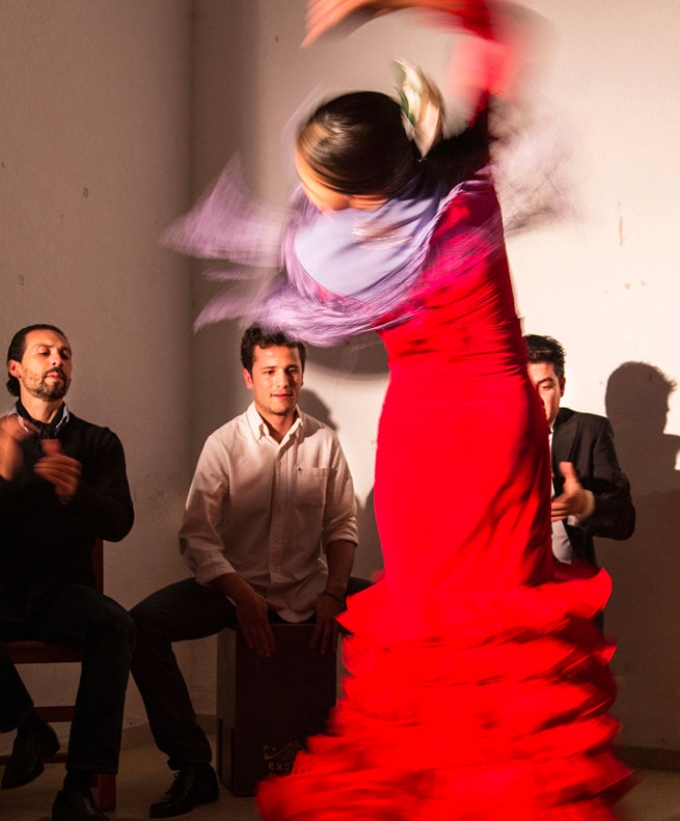
The Flamenco Biennial is very important. Celebrated in the city on a biennial basis (on even-numbered years), it is attended by the best flamenco singers and dancers.
-
This incomparable event has been a tradition for more than twenty years. It is an exceptional opportunity to present to the world the value of Flamenco, an art already declared by UNESCO to be a Masterpiece of the Oral and Intangible Heritage of Humanity.
-
And with respect to its movement, discover its magic by visiting the Flamenco Dance Museum.
- A statue in the Altozano of Triana honours the three facets of the world of flamenco.
- There are many schools that teach this artform to tourists and Sevillians.
- Flamenco is also referred to with the expression “cante jondo".
- There are a great many famous figures in its history, such as Manolo Caracol or La Niña de los Peines.
